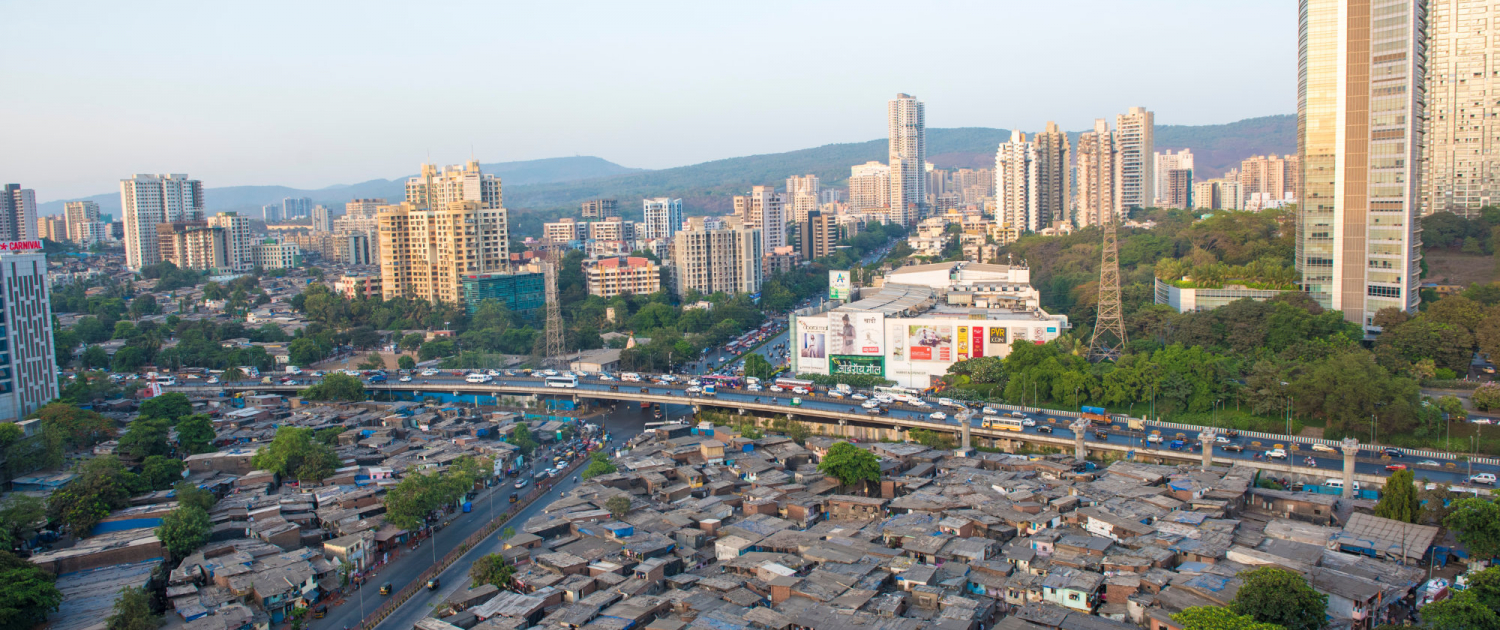Why is Mumbai growing?
Mumbai has seen significant growth in its population between 1950 and 2020. In 1950 the population of Mumbai was around 3 million. By 2020 it had reached an estimated population of 20 million, making it the 9th largest city by population in the world. Mumbai’s population is predicted to continue to grow in the future. The population of Mumbai has grown due to natural increase and migration.
Natural increase
Births and deaths are natural causes of population change. The difference between the birth rate and the death rate of a country or place is called the natural increase. The natural increase is calculated by subtracting the death rate from the birth rate. When birth rates are higher than death rates, the population of an area naturally increases.
Natural increase is a major cause of population growth in Mumbai. Mumbai has a fertility rate of around two children per woman. This has led to the population of Mumbai growing by approximately 5 per cent year on year – this equates to 1 million extra people being born every year.
Migration
Each year thousands of people migrate to Mumbai from rural areas. Rural to urban migration happens because of push and pull factors.
Pull Factors (attractions pulling people to Mumbai)
Factors that attract people to Mumbai include:
- educational opportunities with access to schools and universities;
- improved health care providers with access to hospitals and dentists;
- services such as water, electricity and sewage;
- friends and family who have already moved to the city and who can provide support in finding accommodation and jobs;
- improved job prospects with higher wages; and
- the opportunity to work in the public sector and for international agencies in public works.
Push Factors (forcing people to move from rural areas to Mumbai)
Factors that force people from rural areas to Mumbai include:
- education and health standards are much lower in rural areas;
- jobs in agriculture (farming) have become harder to find due to natural hazards such as drought, smaller plot sizes, The Green Revolution (a government programme to improve agriculture using chemicals) and overpopulation;
- only large farms can afford chemicals and machinery. Many small farms cannot compete, and people have sold their land to large farming corporations; and
- young people see farming as hard work with long hours and low pay.
Related Topics
Use the images below to explore related GeoTopics.



